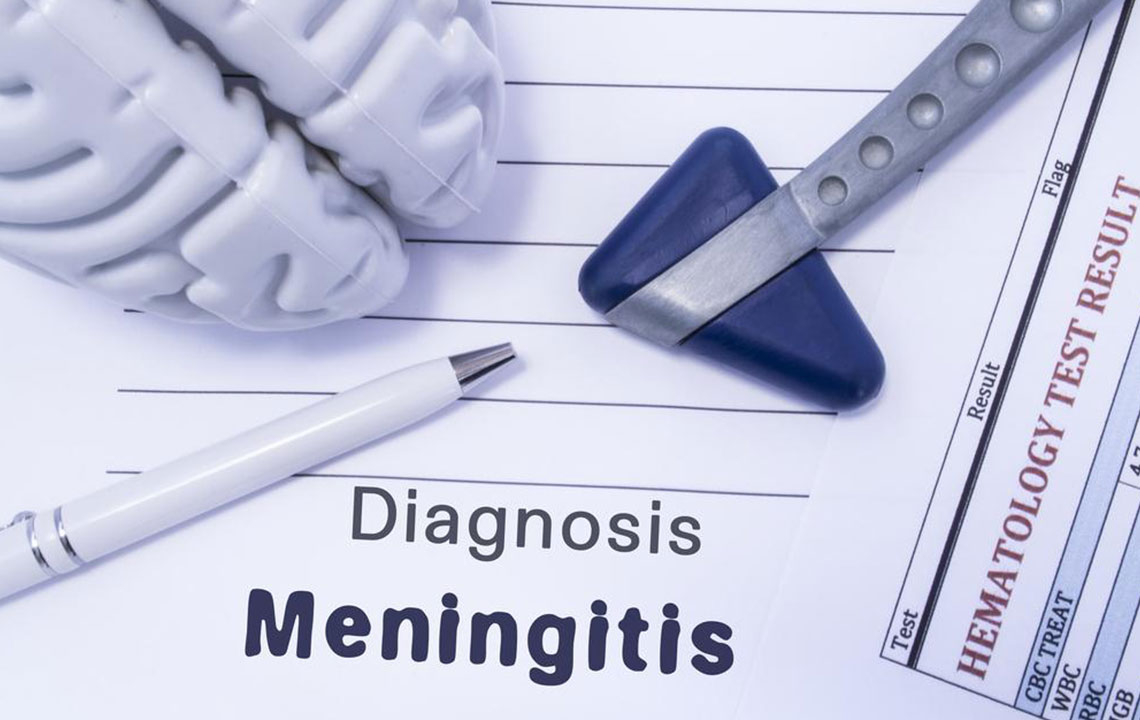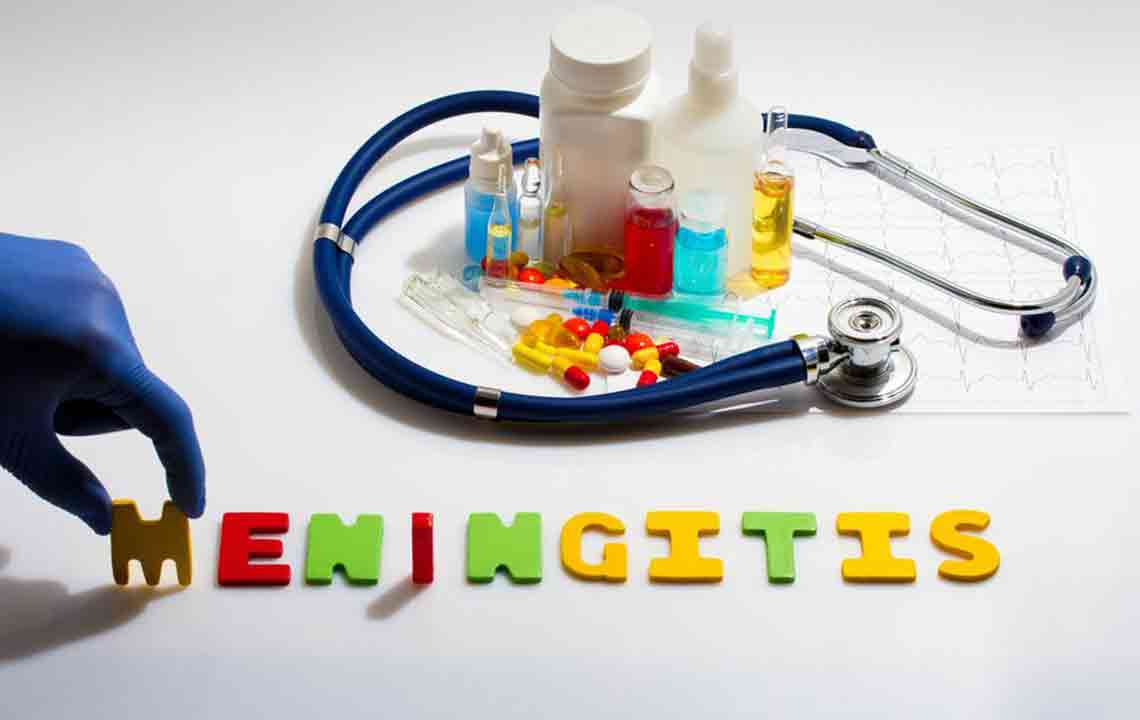Understanding Streptococcal Meningitis: Causes, Symptoms, and Prevention
This article explains streptococcal meningitis, including its causes, symptoms, transmission, and prevention. It emphasizes the importance of early diagnosis and vaccination to prevent severe health complications. Suitable for a general audience seeking to understand this bacterial infection and take proactive health measures.

Understanding Streptococcal Meningitis: Causes, Symptoms, and Prevention
Meningitis involves inflammation of the membranes surrounding the brain and spinal cord. Bacterial meningitis is a prominent type, caused by various bacteria such as Streptococcus pneumoniae, Neisseria meningitidis, Haemophilus influenzae, and Listeria monocytogenes.
What is streptococcal meningitis?
It is a form of bacterial meningitis caused by Streptococcus pneumoniae. This bacteria infects the meninges—the protective membranes around the brain and spinal cord—leading to inflammation.
The meninges contain cerebrospinal fluid, which cushions the brain. When bacteria invade, they produce toxins, causing swelling and damage to brain tissues.
Infection by bacteria leads to harmful substances in cerebrospinal fluid, resulting in meningitis symptoms. There are two main bacterial groups causing this disease: Group A Streptococcus (GAS) and Group B Streptococcus (GBS).
GAS bacteria reside in the throat and skin, often causing minor infections like sore throats or skin issues. In rare cases, these bacteria can lead to severe conditions like septicemia or pneumonia. GBS bacteria are found in the gastrointestinal tract and vagina, with a small transmission risk during childbirth, potentially causing neonatal meningitis.
Many people carry these bacteria without symptoms, but transmission occurs through coughing, sneezing, or contact. Mild symptoms include sore throat or ear pain, but if untreated, it can escalate to serious health issues such as meningitis, pneumonia, or septicemia.
Neonates are at particular risk, with a 1% chance of GBS transmission from mother to child. Even post-recovery, long-term effects like cognitive difficulties, hearing problems, or neurological damage may emerge weeks or months later.
Adults with weakened immune systems are more susceptible. Severe cases involve bacteria entering the bloodstream, damaging blood vessels and causing internal bleeding—a condition known as sepsis.
Symptoms of streptococcal meningitis include: headache, stiff neck, nausea, and in some cases, skin rashes. Symptoms are harder to detect in infants, highlighting the importance of prompt medical attention.
Treatment options involve early diagnosis and antibiotics. A lumbar puncture can confirm the infection by analyzing cerebrospinal fluid. Delay in treatment can lead to neurological damage, organ failure, or death.
Preventive measures include vaccination, especially for children aged 11-12 and adolescents, with meningococcal conjugate and serogroup B vaccines. Adults at risk should also consider vaccination to reduce the likelihood of bacterial meningitis.










